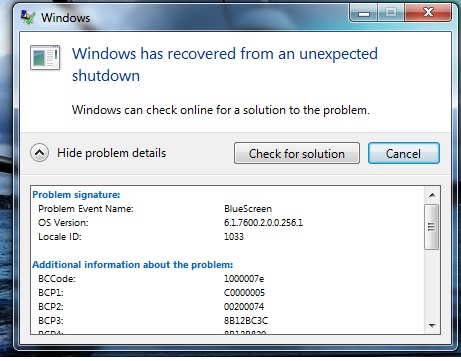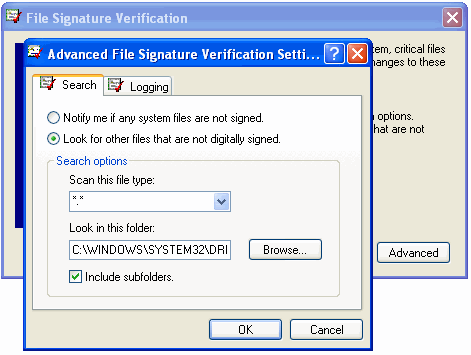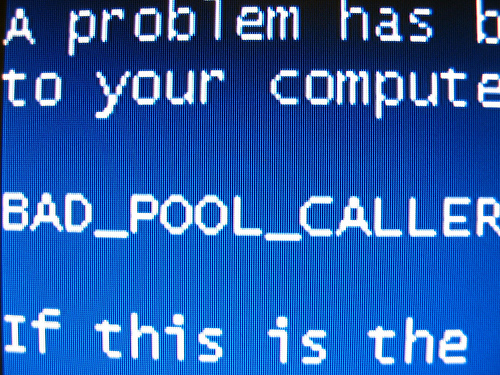How To Fix XP Error 1000007e
The 1000007e error is a problem that’s caused by the way in which Windows is not properly able to read the files & settings that Windows requires to run. This can either be caused by faulty files, damaged settings or a corrupt set of instructions on your PC. To resolve this error, you basically need to repair any of the potential issues which will be leading it to show, which will include everything from making sure you have enough disk space to stopping any rogue viruses from operating.
What Is The 1000007e Error?
This shows when your computer is not able to correctly read te files & settings that it requires to run – preventing your system from running correctly. We’ve found that there are a lot of different issues which can lead the 1000007e error to occur, including everything from your hard drives not having enough space inside, to your PC having a lot of errors. To resolve the issues that you have, it’s recommended that you use are able to repair any of the potential issues which could be on your PC.
This error typically shows in this format:
"STOP: 0x0000007E (0xC0000005, 0x804E518E, 0xFC938104, 0xFC937E04)
SYSTEM_THREAD_EXCEPTION_NOT_HANDLED"“0x1000007E: SYSTEM_THREAD_EXCEPTION_NOT_HANDLED_M”
The way to resolve the error is to first ensure that you have all the correct settings of Windows working correctly, before fixing any damaged Windows settings that you may have. You can use the steps outlined below to fix the errors you have on your system:
How To Fix 1000007E Errors On Your PC
Step 1 – Ensure You Have Enough Disk Space On Your Computer
Lack of hard drive space is the most common reason why the 1000007E error will appear, meaning that if you want to resolve any of the problems you’re seeing, you have to be sure that you are able to clean out any of the files that are causing problems for your system. To do this, it’s recommended that you first uninstall any programs that you won’t want on your system, as well as then remove any of the “junk” files that your computer may also have.
Step 2 – Uninstall Any Third Party Drivers
If you have third party drivers on your system, it could be the case that these programs will be causing some sort of problems for your PC. To fix this issue, it’s highly recommended that you uninstall any of the errors & problems that your computer may have – which can be done by clicking onto “Start > Control Panel > Add / Remove Programs” and getting rid of any of the damaged or potentially erroneous drivers that may be on your PC. You should especially look out for any printer drivers, graphics drivers or custom audio drivers that you may have installed.
Step 3 – Remove Any Unsigned Drivers On Your PC
The unsigned device drivers of Windows are also a big cause of the 100007E error on your PC, as they will continually prevent your system from working correctly or smoothly. To ensure that these errors are fixed in the most effective way, it’s recommended that you are able to remove any unsigned drivers from your computer system – a process that can be achieved by using these steps:
- Click Start, click Run, type sigverif, and then click OK.
- Click Advanced, click Look for other files that are not digitally signed, navigate to the C:\WINDOWS\SYSTEM32\DRIVERS folder, and then click OK.
- Click Start.
This will show you how to get rid of any unsigned drivers, allowing your computer to run relatively smoothly again.
Step 4 – Clean Out The “Registry” Of Your System
The “registry” is also a common cause of the 1000007E errors on Windows systems. This part of your system is continually causing a huge number of problems thanks to the way in which your PC will continually load it up in an attempt to help it run. Despite the registry storing everything from your desktop wallpaper to your most recent emails, it’s continually causing a huge number of issues which can only really be fixed by using a registry cleaner application to fix any of the errors that yuor system may have. You can download a registry cleaner tool below, and let it scan & fix any of the errors that are inside.




